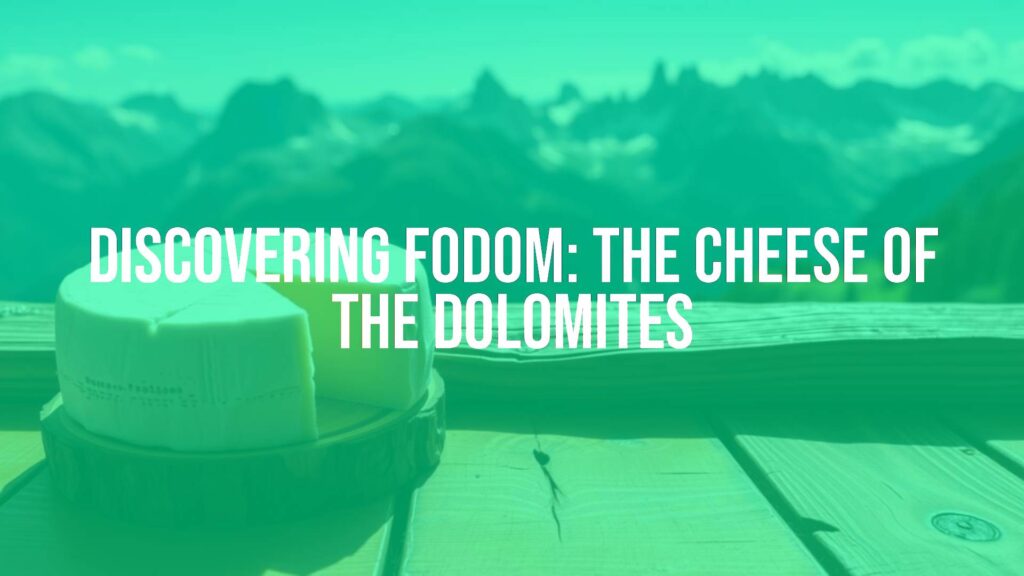Introduction to Fodom Cheese
Fodom cheese originates from the breathtaking heart of the Dolomites in northern Italy, specifically the Ladin-speaking Vallata di Fodom, known as Livinallongo del Col di Lana. This alpine cheese stands out for its time-honored craftsmanship and connection to mountain culture, offering a taste of tradition with each bite.
Defining Characteristics
Fodom is a semi-hard, cow’s milk cheese, easily recognized by its pale yellow interior and thin, natural rind. The texture is firm yet supple, sometimes featuring tiny holes called “occhiatura”. Its flavor profile strikes a delicate balance: fragrant and milky with a gentle nuttiness, and occasionally, a slight tang due to alpine pastures that flavor the milk. The aroma is subtle but evocative of fresh mountain grass and flowers.
Heritage and Origins
The production of Fodom traces back centuries, rooted in the agricultural life of Ladin valley communities. The cheese’s name, ‘Fodom’, echoes the Ladin language spoken in the Dolomite valleys, underscoring the cheese’s ties to local identity. For generations, small mountain dairies together with local shepherds have preserved techniques that rely on high-altitude pasturing and seasonal transhumance, ensuring Fodom’s enduring character and cultural value.
Traditional Production Practices
Milk used for Fodom typically comes from cows grazing on lush, flower-rich pastures during summer. This imparts unique aromatic notes to the finished cheese. Curds are gently cooked, molded, and pressed before aging for at least two to three months in cool cellar environments. The result is a product whose flavor becomes richer and more complex with age, sometimes developing slight earthy undertones if matured longer.
Serving and Pairing Suggestions
In its home region, Fodom is often enjoyed sliced and paired with crisp mountain apples or rustic breads. It shines on mixed cheese boards alongside cured meats such as speck or salami from Alto Adige. The cheese also complements red wines with moderate tannins—think Lagrein or Teroldego—or even a local barley beer. When slightly older, Fodom is delicious grated over polenta or melted into hearty mountain dishes like canederli (bread dumplings).
Cultural Significance
More than just a regional specialty, Fodom cheese embodies the Ladin people’s resilience and their relationship with the Alpine landscape. It frequently appears at mountain festivals and is considered a symbol of local hospitality. Preservation of Fodom production supports small-scale agriculture and helps maintain biodiversity in the Dolomite region.
Enjoying Fodom at Its Best
For the richest flavor, serve Fodom at room temperature, allowing its delicate aromas to fully emerge. Whether sampled in the shadow of the Dolomites or as part of a curated Italian cheese platter, Fodom offers a true taste of Alpine heritage and tradition.

